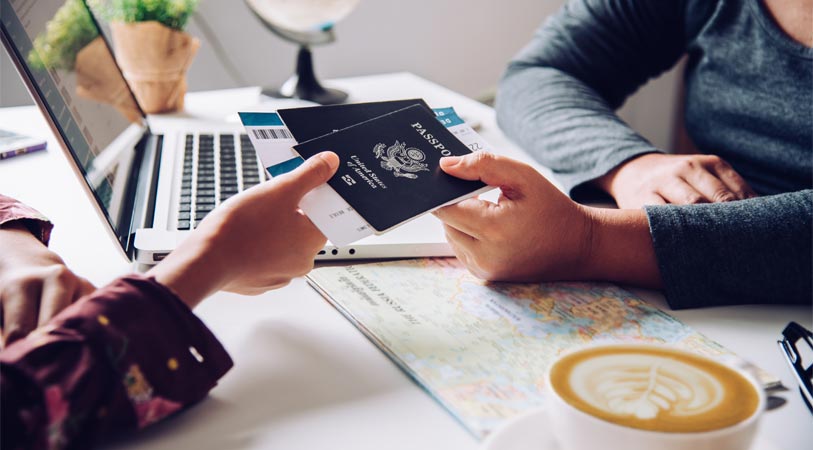Applying for a tourist visa can be an exciting but sometimes stressful process, especially if you’re planning to visit a new country for the first time. A tourist visa allows you to enter a country for leisure, sightseeing, and other non-business activities. While the application process for a tourist visa is generally straightforward, simple mistakes can lead to delays or even rejection. In this blog, we will cover the most common mistakes to avoid when applying for a tourist visa to help ensure a smooth and successful application.
1. Incomplete or Incorrect Application Forms
One of the most common mistakes applicants make is submitting an incomplete or incorrectly filled-out visa application form. This can range from missing personal details to entering incorrect information, such as an invalid passport number or wrong travel dates.
How to avoid it: Double-check all the information you provide on the application form, ensuring it matches your passport and other supporting documents. Pay close attention to details like your name (as it appears on your passport), date of birth, passport number, and travel dates. Small errors can result in delays or rejections, so it’s essential to be thorough.
2. Failing to Provide Accurate Financial Proof
Most countries require proof that you have sufficient funds to support yourself during your trip. This ensures that you won’t become a financial burden on the host country. Many applicants either fail to submit this proof or provide inaccurate or insufficient financial information.
How to avoid it: Submit recent bank statements (usually from the last three to six months), credit card limits, and any other relevant financial documents that show you have enough funds to cover your stay, accommodation, and return travel. Ensure that these documents are official, legible, and reflect an adequate amount of savings based on your planned duration of stay.
3. Inconsistent or Unclear Travel Plans
Another common mistake is providing inconsistent or vague travel plans. If you cannot clearly explain why you’re visiting a particular country, immigration officers may question your intentions and deny your visa.
How to avoid it: Prepare a detailed travel itinerary that includes your travel dates, accommodation information, and a list of places you plan to visit. You don’t need to book everything in advance, but you should have a clear plan that shows your intentions for leisure or sightseeing. Also, make sure your travel dates are realistic based on your budget and visa requirements.
4. Submitting Expired or Invalid Documents
Submitting an expired passport or invalid travel documents is a common oversight that can lead to an automatic rejection. Some applicants don’t realize that their passport must be valid for at least six months beyond their planned date of travel.
How to avoid it: Check your passport’s validity well in advance of your trip. Make sure it meets the required expiration guidelines for the country you’re visiting, which is typically six months after the intended date of entry. If your passport is nearing expiration, renew it before submitting your visa application.
5. Lack of Sufficient Ties to Home Country
Visa officers want to ensure that you have strong reasons to return to your home country after your visit. If you fail to demonstrate sufficient ties, such as employment, family, or property ownership, your application may be rejected on the assumption that you may not return.
How to avoid it: Include evidence of your employment, property ownership, family ties, or ongoing education in your visa application. Providing a letter from your employer, a lease agreement, or any documentation that ties you to your home country will reassure the immigration officer of your intent to return.
6. Booking Non-Refundable Flights and Accommodation Too Early
Many applicants make the mistake of booking non-refundable flights or accommodations before their visa is approved. If the visa is delayed or rejected, this can lead to financial losses.
How to avoid it: Wait until your visa is approved before making non-refundable bookings. If required, consider booking refundable or cancellable reservations that can be easily adjusted if necessary. Alternatively, some visa applications allow you to submit travel plans without confirmed bookings.
Conclusion
Avoiding these common mistakes can greatly improve your chances of successfully obtaining a tourist visa. By providing accurate information, ensuring your documents are valid, and clearly demonstrating your travel intentions, you can minimize the risk of delays or rejections. Always follow the specific requirements of the country you’re applying to, and take the time to carefully review your application before submission. A well-prepared visa application will ensure that you can focus on enjoying your upcoming trip with peace of mind!


Leave a Reply